Sea monsters of various sizes and forms have inhabited the human imaginary universe and range in meaning from the profound to the curious. According to the Babylonian creation myth Enuma Elish, the god and hero Marduk battled the sea monster Tiamat before creation. rom the conquered and torn body of the creature, Marduk then created the universe.
Other legends are less primordial and epic, but nonetheless spectacular enough to draw our attention, such as the Loch Ness monster, which periodically roams through the tabloid press.
Gilbert’s sea monster
The
A sea creature of considerable ferocity is also known to the Inuit of Labrador. Nennorluk derives its name from the polar bear (Nennok, nanuk), but the Inuktitut affix “luk” indicates its evil intent.
One of the earliest mentions of the Labrador Nennorluk appeared in David Crantz’s “History of Greenland.” Crantz, preserving a 1773 tradition from Nain, says that the legendary amphibious creature “hunted and devoured the seals.” Each of its ears was “large enough for the covering of a capacious tent.” Worse yet, the “beast did not scruple to eat human flesh, when he came on shore.”
In Okak, Inuit reported seeing it in August 1786. They were quite upset when doubts were expressed about their testimony. The report had Nennorluk rise “up to the height of a huge ice-berg, in the mouth of the bay, showed its white colour, and then plunged down again, leaving a whirlpool of foam.” Moravian missionaries tried to demystify the creature by explaining it naturally. They suggested that it may have been a “tumbling iceberg.”
Nain tradition
The legend of Nennorluk could not be explained away that easily and had staying power. The missionary Carl Gottfried Albrecht writes from Nain on Aug. 26, 1840, that the monster, which “is white on the back like a polar bear,” was seen in the spring near the outer islands and at times resembles “a small island but quickly sinks down below (the water’s surface) and is supposed to cause a thunderous noise.” Seals that saw it took flight instantly. Inuit believed that the Nennorluk “does not swim but walks on the bottom (of the ocean) and can thus only be seen if it reaches shallows; the more shallow the water, the higher it will rise from the water.”People also claimed to have heard it turning over the rocks on which it walked. But whenever it was in the open sea, it could not be seen “since it has there enough room in the deep and thus does not appear above the water.”
Sighted at
In the spring of 1847, Inuit once more reported sighting the Nennorluk not far from
Shared Inuit legend
That the Nennorluk is a wider shared legend also known to other Inuit is documented by the famous anthropologist Knud Rasmussen, who recorded two stories of these fabled creatures with the same name among the Netsilik Inuit. These creatures share with the
Hans Rollmann is a professor of Religious Studies at Memorial University of Newfoundland, and can be reached by e-mail at hrollman@mun.ca.
Source:http://www.thetelegram.com/index.cfm?sid=293786&sc=86


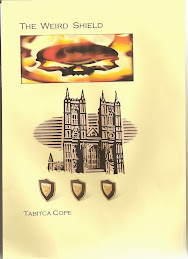
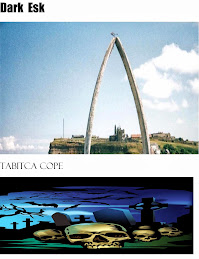
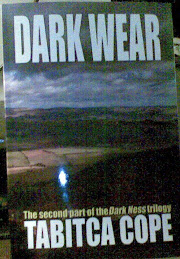


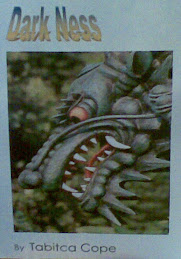
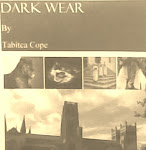












No comments:
Post a Comment